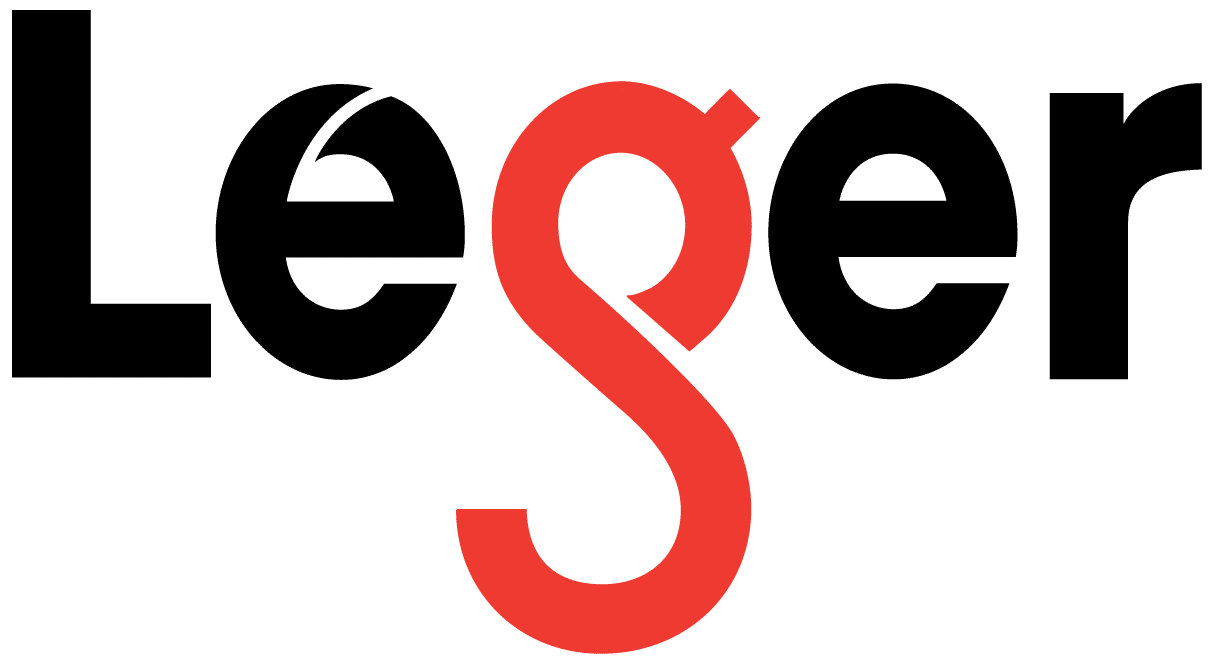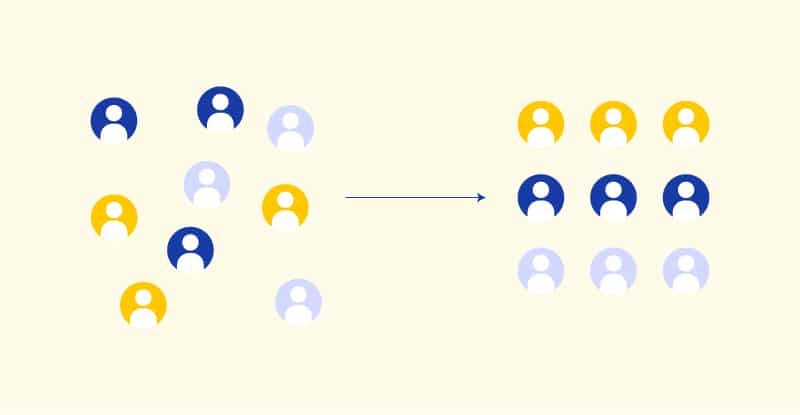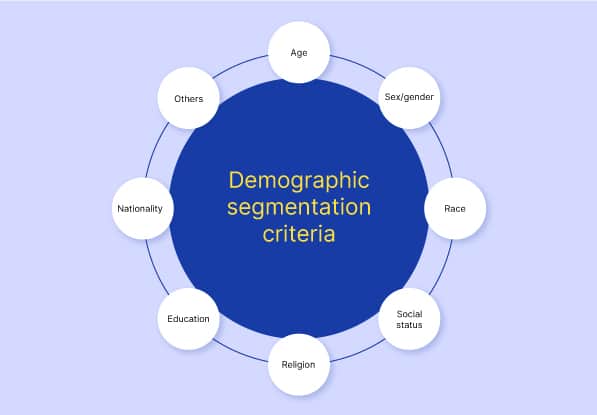
Contact Center Workforce Management
Contact Center Workforce Management Try a free Voxco Online sample survey! Unlock your Sample Survey SHARE THE ARTICLE ON Running a business means serving the

Find the best survey software for you!
(Along with a checklist to compare platforms)
Take a peek at our powerful survey features to design surveys that scale discoveries.
Explore Voxco
Need to map Voxco’s features & offerings? We can help!
Find the best customer experience platform
Uncover customer pain points, analyze feedback and run successful CX programs with the best CX platform for your team.

We’ve been avid users of the Voxco platform now for over 20 years. It gives us the flexibility to routinely enhance our survey toolkit and provides our clients with a more robust dataset and story to tell their clients.
Steve Male
VP Innovation & Strategic Partnerships, The Logit Group
Explore Regional Offices

Find the best survey software for you!
(Along with a checklist to compare platforms)
Take a peek at our powerful survey features to design surveys that scale discoveries.
Explore Voxco
Need to map Voxco’s features & offerings? We can help!
Find the best customer experience platform
Uncover customer pain points, analyze feedback and run successful CX programs with the best CX platform for your team.

We’ve been avid users of the Voxco platform now for over 20 years. It gives us the flexibility to routinely enhance our survey toolkit and provides our clients with a more robust dataset and story to tell their clients.
Steve Male
VP Innovation & Strategic Partnerships, The Logit Group
Explore Regional Offices

Find the best survey software for you!
(Along with a checklist to compare platforms)
Take a peek at our powerful survey features to design surveys that scale discoveries.
Explore Voxco
Need to map Voxco’s features & offerings? We can help!
Find the best customer experience platform
Uncover customer pain points, analyze feedback and run successful CX programs with the best CX platform for your team.

We’ve been avid users of the Voxco platform now for over 20 years. It gives us the flexibility to routinely enhance our survey toolkit and provides our clients with a more robust dataset and story to tell their clients.
Steve Male
VP Innovation & Strategic Partnerships, The Logit Group
Explore Regional Offices








Get started with Voxco’s Market Research Toolkit.
Market Research trends guide + Online Surveys guide + Agile MArket Research Guide + 5 Market Research Templates
01
Segmentation in marketing refers to the process when you aggregate customers into specific groups based on common needs. These segments respond similarly to your marketing campaigns.
There are two types of segmentation in marketing: Market Segmentation and Customer Segmentation.
While both segmentation may follow the same process they differ in their fundamentally.
02
Customer segmentation and market segmentation differ in the following ways:
As mentioned above in the market segmentation definition, market segments are categories of customers within the whole market. Market segments are those customers who share similar needs or behavior in the whole market.
Market segmentation enables a company to figure out which product is likely to attract a share of a target market. It can help you target only those market segments who are likely to become satisfied customers for your brand.
Customer segmentation on the other hand is the process of categorizing customers within your customer base depending on their needs, interests, gender, or behavior.
Customer segmentation enables you to learn about your customer so you can personalize offers according to their needs.
Customer segmentation enables you to deliver a more personalized experience to your customers and maximize customer lifetime value and ROI.
03

Market Segmentation involves grouping of prospective customers into segments based on their similar needs and characteristics. Companies use market segmentation to target segments of customers who appreciate certain products and services differently than others do. The companies then target these segments to brand their products and services in a way to attract them.
There are four types of market segments you can create: Demographic, Psychographic, Behavioral, and Geographical.
It helps companies figure out which products are more likely to succeed in the market and thus minimize risk. Companies can thus focus their resources on marketing campaigns which are likely to bring profit by producing ROI.
According to Bain & Company, companies with better market segmentation strategies earned 10% higher profit than those whose strategy wasn’t useful and effective over 5 years.

04
The main purpose of conducting Market Segmentation is to help a company tailor its products and advertise messages according to the segments of consumers.
For example, a sports-shoe company tailors their shoes and their brand message based on segments such as athletes, gym-goers, fashion-conscious men, and women.
A snack company markets their products by targeting older customers with traditional brands, health-conscious with healthy brands, and young customers with products popular among the age group.
This implies that companies use their market intelligence collected from each segment of customers to brand their products to appeal to the target consumer base.

05
The most crucial reason for the importance of Market Segmentation is that, by segmenting people into categorical groups, you can focus on retaining and acquiring customers. Also, it helps you direct your resource and market efforts on earning better revenue and achieves your business goal.
Segmenting customers will help you in customer retention. Tailoring perfect messages which appeal to the customers will help you earn their approval. Understanding what your customers want can help you capture them at the beginning of their journey by providing them excellent service and experience. This will increase the likelihood of staying with your brand and continue purchasing.
It can help you reach potential customers. Understanding different segments of customers can help you learn the needs, expectations, or issues faced by customers. This can help you explore new market efforts (new products/services or rebrand) and attract new customers. As a result, you appeal to potential customers and are more likely to convert them into paying customers.
It helps you stand out among competitors. Creating messages that are more specific to your customers and products that best meet your customers’ expectations can make you different from competitors. With market segmentation, you can find your unique selling point, which can make you stand out instead of blending in the sea of brands.
Free Market Research Toolkit
Fill out this form to access 5 market research survey templates + 2 MR guides

06

You can divide market segments into four types. We have explained all the four main types of market segments below.
Geographic segmentation involves segmenting consumers based on where they reside. Customers may be segmented by country, state, city, or area so that they can be better understood, and marketing efforts can be targeted accordingly.
These are a few examples of the ways in which geographical segmentation is used to segment target audiences:
This type of market segmentation categorizes the target market based on specific variables such as age, gender, income, and education. This allows organizations to understand customer behavior accurately, allowing them to target customers more effectively.
These are a few ways in which customers are segmented demographically:
Psychographic segmentation is a market segmentation technique that divides a target population based on psychological traits that influence consumption habits.
There are five main segmentation variables and they are:
Behavioral segmentation groups consumers based on their behavior while making purchasing decisions. There are four main types of behavioral segmentation and they are:
Il existe principalement quatre catégories de segmentation du marché utilisées pour identifier les clients.
La Segmentation géographique
La Segmentation démographique
La Segmentation psychographique
La Segmentation comportementale

07
08
The four common categories in market segmentation
Market Segmentation can help you understand the various groups of people who make your market. The process of market segmentation includes grouping customers with similar characteristics together. Thus, allowing brands to identify these customers and target them for their business.
Market Segmentation Strategy divides your customer base into four categories: demographic, behavioral, psychographic and geographical. The strategy is used to break down the target audience into small and manageable segments/groups.
Read more

Contact Center Workforce Management Try a free Voxco Online sample survey! Unlock your Sample Survey SHARE THE ARTICLE ON Running a business means serving the

10 Tips for Designing Engaging Email Surveys SHARE THE ARTICLE ON Table of Contents Introduction Knowing how to effectively leverage email surveys is a game-changer

Customer Engagement Metrics For Business Success SHARE THE ARTICLE ON Table of Contents In the fast-paced world of business, understanding how to effectively engage with

How to Ask For Product Feedback SHARE THE ARTICLE ON Table of Contents Customer feedback is a significant asset to any business. Receiving feedback from

Voice of customer analysis: all you need to know SHARE THE ARTICLE ON Table of Contents What is the voice of customer analysis? Voice of

Meet Sumit Aneja: Voxco Survey Software’s New CEO SHARE THE ARTICLE ON Share on facebook Share on twitter Share on linkedin Table of Contents Voxco
We use cookies in our website to give you the best browsing experience and to tailor advertising. By continuing to use our website, you give us consent to the use of cookies. Read More
| Name | Domain | Purpose | Expiry | Type |
|---|---|---|---|---|
| hubspotutk | www.voxco.com | HubSpot functional cookie. | 1 year | HTTP |
| lhc_dir_locale | amplifyreach.com | --- | 52 years | --- |
| lhc_dirclass | amplifyreach.com | --- | 52 years | --- |
| Name | Domain | Purpose | Expiry | Type |
|---|---|---|---|---|
| _fbp | www.voxco.com | Facebook Pixel advertising first-party cookie | 3 months | HTTP |
| __hstc | www.voxco.com | Hubspot marketing platform cookie. | 1 year | HTTP |
| __hssrc | www.voxco.com | Hubspot marketing platform cookie. | 52 years | HTTP |
| __hssc | www.voxco.com | Hubspot marketing platform cookie. | Session | HTTP |
| Name | Domain | Purpose | Expiry | Type |
|---|---|---|---|---|
| _gid | www.voxco.com | Google Universal Analytics short-time unique user tracking identifier. | 1 days | HTTP |
| MUID | bing.com | Microsoft User Identifier tracking cookie used by Bing Ads. | 1 year | HTTP |
| MR | bat.bing.com | Microsoft User Identifier tracking cookie used by Bing Ads. | 7 days | HTTP |
| IDE | doubleclick.net | Google advertising cookie used for user tracking and ad targeting purposes. | 2 years | HTTP |
| _vwo_uuid_v2 | www.voxco.com | Generic Visual Website Optimizer (VWO) user tracking cookie. | 1 year | HTTP |
| _vis_opt_s | www.voxco.com | Generic Visual Website Optimizer (VWO) user tracking cookie that detects if the user is new or returning to a particular campaign. | 3 months | HTTP |
| _vis_opt_test_cookie | www.voxco.com | A session (temporary) cookie used by Generic Visual Website Optimizer (VWO) to detect if the cookies are enabled on the browser of the user or not. | 52 years | HTTP |
| _ga | www.voxco.com | Google Universal Analytics long-time unique user tracking identifier. | 2 years | HTTP |
| _uetsid | www.voxco.com | Microsoft Bing Ads Universal Event Tracking (UET) tracking cookie. | 1 days | HTTP |
| vuid | vimeo.com | Vimeo tracking cookie | 2 years | HTTP |
| Name | Domain | Purpose | Expiry | Type |
|---|---|---|---|---|
| __cf_bm | hubspot.com | Generic CloudFlare functional cookie. | Session | HTTP |
| Name | Domain | Purpose | Expiry | Type |
|---|---|---|---|---|
| _gcl_au | www.voxco.com | --- | 3 months | --- |
| _gat_gtag_UA_3262734_1 | www.voxco.com | --- | Session | --- |
| _clck | www.voxco.com | --- | 1 year | --- |
| _ga_HNFQQ528PZ | www.voxco.com | --- | 2 years | --- |
| _clsk | www.voxco.com | --- | 1 days | --- |
| visitor_id18452 | pardot.com | --- | 10 years | --- |
| visitor_id18452-hash | pardot.com | --- | 10 years | --- |
| lpv18452 | pi.pardot.com | --- | Session | --- |
| lhc_per | www.voxco.com | --- | 6 months | --- |
| _uetvid | www.voxco.com | --- | 1 year | --- |